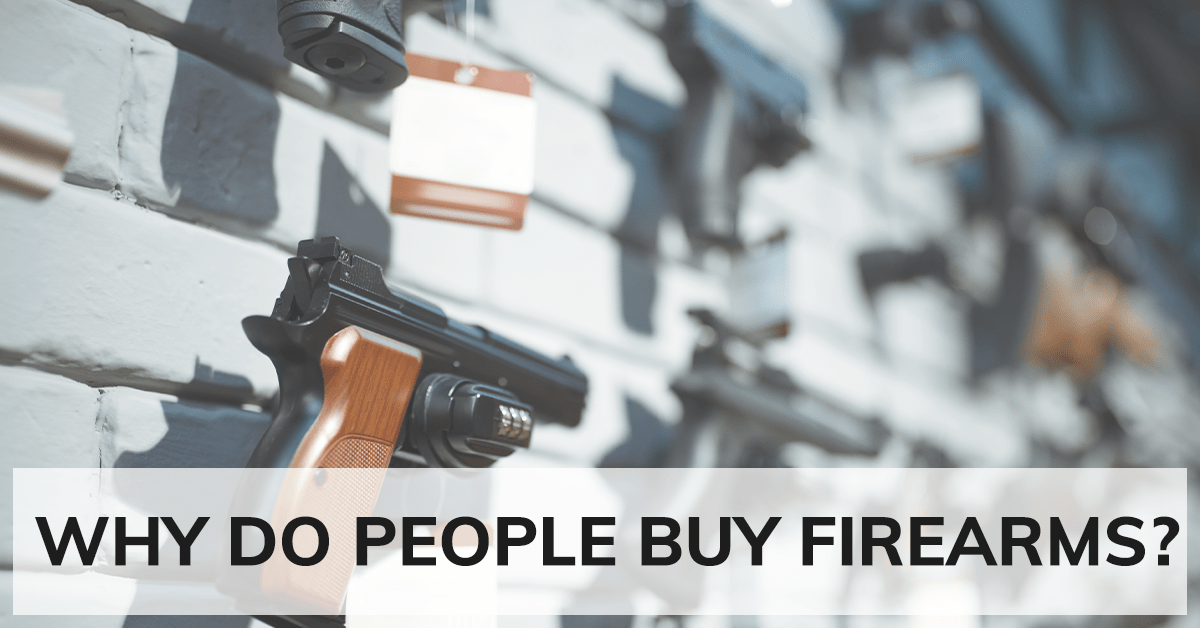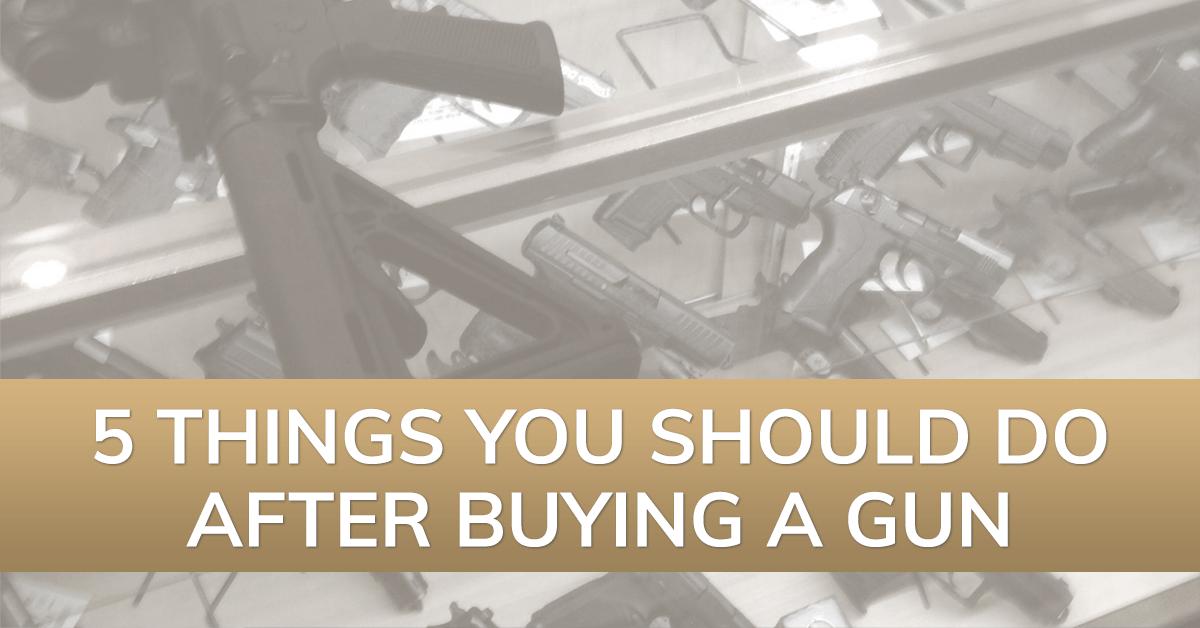Your Cart is Empty
Orders Over $100 Ship FREE (USA)!
Orders Over $100 Ship FREE (USA)!
CONCEALED CARRY
(Apparel with holster pockets or concealed-carry features)
(Apparel with holster pockets or concealed-carry features)
PARTS & GEAR
RANGE STYLE
Gift shopping & not sure about size or style? Give a gift card instead!
Gift shopping & not sure about size or style? Give a gift card instead!
GIFT IDEAS
The entire site is full of products that make great gifts, so browse all of our collections! Still not sure? Give a gift card!
The entire site is full of products that make great gifts, so browse all of our collections! Still not sure? Give a gift card!
EXPLORE
Thanksgiving Deals and Chances to Win! Item you want not on sale? Use code BFCM24 to save $5 on $30+ orders.
Revolver or Semi-Auto?
5 min read
I feel sorry for new shooters. Back when I was a new shooter, movable type had just been invented and the internet wasn’t even part of Nostradamus’ wildest dreams. Learning about guns and self defense was hard, but easy. It was hard because I couldn’t sit at my computer and browse the opinions of thousands of self-proclaimed experts. It was easy because I had to get my information from face to face conversations, and it was clear when someone was full of baloney.
Now, with the advent of online advice, it’s up the the new shooter to filter out the good information from the chaff. Ask a simple question like “should I get a semi-automatic or a revolver” and you’ll get 4,357 opinions and a few offers for diet plans of the stars.
I wanted to address one of the most persistent, and challenging, decisions for new shooters: revolver or semi-auto? Granted, to you, I’m also one of those 4,357 opinions on the internet. But on the plus side, I do this for a living and I’m a student just like you. I’ve been shooting and studying shooting issues for decades, yet I still learn something new every day. I love that. More importantly, I love sharing what I learn. So what do you say let’s get started?
The first order of business is to resolve some of the perpetual myths that surround the revolver versus semi-automatic decision.
“Revolvers are more reliable!”
“Semi-auto’s are prone to jamming!”
“A snub-nose revolver is the perfect carry gun for beginners!”
“Semi-automatic pistols are hard to operate!”
And so on… You could write a book on revolver vs. semi-automatic myths.
Let’s address these issues with the appropriate level of detail and care.
Bull hockey!
So what are issues to consider? Let’s talk about some real decision criteria. The goal isn’t to provide an answer for what’s the best choice for you, but rather to give you things to think about. Why? Because there is no “best” choice. The best choice for you depends entirely on your situation and preferences.
Let’s take a look at a few factors that might influence your decision.
Reliability
This is sort of a “trick” criteria. Modern guns made by reputable manufacturers are reliable. You have to work pretty hard to find a newly manufactured gun from a major manufacturer that is not reliable enough for practical use. You’ll recognize the names, like Smith & Wesson, Ruger, Springfield Armory, Glock, Taurus, Kimber, Colt and many others. One thing I’ve found is that gun manufacturers really want to please their customers, and most provide excellent service.
You’ll hear some couch commandos talk about esoteric things like “second strike capability.” That simply means that if a cartridge doesn’t fire, you can just pull the trigger again. Revolvers operate like this, as a trigger pull advances to the next cartridge. Some semi-automatics have a similar capability that allows you to just pull the trigger again to re-strike the same cartridge. Don’t get too wrapped up in these types of details. Modern self-defense ammunition – I’m talking about the premium stuff you will bet your life on – works. In all my years of shooting, I’m still waiting on my first round of premium self-defense ammunition to fail. Can it happen? I suppose. Do we equip our homes with redundant light switches “just in case” the first switch doesn’t work? Nah – that would be overkill for a very unlikely situation. The same idea applies here.
Don’t base your personal buying decision on some anecdote about revolvers being more reliable. If you like a revolver, great! Get one! If you like the feel of a semi-automatic, great! Get one! Just don’t stress about hearsay anecdotes.
Recoil
At risk of making my high school physics teacher cringe, let’s talk about recoil differences. That really smart guy Newton figured out that every action has an equal and opposite reaction, so a given cartridge will have the same “recoil” regardless of whether it’s fired from a revolver or semi-automatic. What does differ is the recoil perception, or as some people call it, “felt recoil.”
In a revolver, once the hammer drops, the bullet exits the barrel, but nothing else moves. The equivalent amount of energy that just went forward with the bullet is also sent backward to your hand. It may “feel” a little different if you have a very heavy revolver, or one of the new polymer revolvers that flex and “absorb” some of the recoil, but the energy is the same. Your hand will feel pretty much the full force of the forward-traveling bullet.
With a semi-automatic, a lot happens to dissipate the felt recoil impulse. The energy going backwards is the same, but it feels different. Some is used to move the slide backward against pressure of the recoil spring. Some bleeds off moving the barrel. The whole process of motion in the gun is a little more indirect and drawn out, so that same recoil impulse may “feel” more drawn out than in a revolver.
Bottom line? All else being equal, a semi-automatic of the same power level and weight will generally “feel” like it recoils less than a revolver. Heavier models of either style will have less “felt” recoil than ultralight models.
Capacity
Generally speaking, semi-automatics can have higher capacity without reloading than revolvers. You’ll see some exceptions, but the basic concept that semi-auto’s use – storing ammunition in the magazine – provides more space for cartridges than the cylinder of a revolver. It would be kind of clumsy to have a revolver cylinder that held fifteen rounds or so.
The question is, does that matter to you? Are you wanting a gun for recreation? Hunting? Home protection? Concealed carry? For many anticipated uses, capacity may not be a deciding factor. Just because model A holds more rounds than model B, that doesn’t mean it’s better.
Complexity
While I won’t say that semi-automatics are complex, they generally do have more buttons and levers than revolvers. Assuming one has already been trained on basic gun operation and safety through professional instruction, a revolver is pretty simple. Put cartridges in the holes, close the cylinder and pull the trigger. Semi-auto’s have more steps. For example, after inserting a magazine full of cartridges, one must generally “rack the slide” to load a cartridge from the magazine into the chamber. Many models of semi-auto’s also have safety or de-cocker levers the change the firing status of the gun.
But let’s get real. We live in an age where we learn all sorts of new skills like texting, beaming pictures around the internet and operating the office Keurig machine. Learning the basic safe operation of any handgun, revolver or semi-automatic, is not really a show stopper is it?
So how do you choose?
When we try things out, it becomes clear what we like, just because, and what we don’t like, just because. I think the very best way to pick which gun is right for you is to try a few samples of each type, preferably under the supervision of an instructor. Once they try, some people are more comfortable with revolvers. Others are comfortable with semi-automatics. No worries, the most important decision factor is your level of comfort with the chosen option. If you like it, and are comfortable with it, you’ll shoot it more. You’ll become proficient and confident. And that’s what matters.
~~~
From NSSF
Also in Getting Started: Choosing a Gun & Accessories

The GunGoddess 2024 Gift Guide: Must-Have Essentials for Any Gun Owner
3 min read
Buying a gun-related gift for a firearms owner can be tricky. Take a look at our gift guide for gun owners to make gifting easier this year!
Read More
Why Do People Buy Firearms?
3 min read
We wanted to know what motivated our social media followers to purchase their first gun, so we asked them! Here are their answers and a few personal stories.
Read More
5 Things You Should Do After Buying a Gun
3 min read
Buying a gun (especially your first one) is definitely a time to celebrate! It's also the time to get started on the path of becoming a safe and responsible gun owner. Here's a list of 5 things you can do after you purchase a firearm that will set you up for success.
Read More